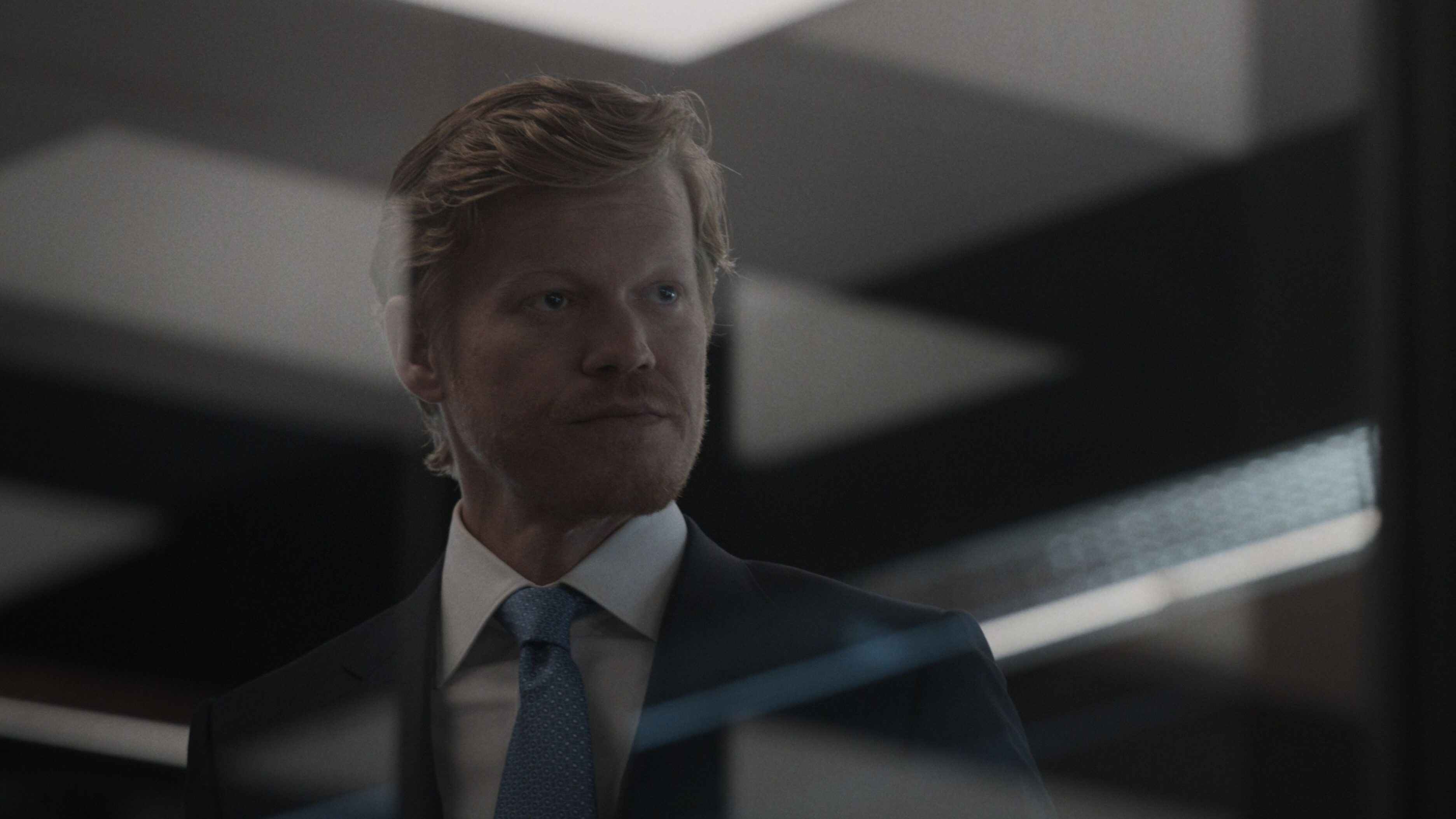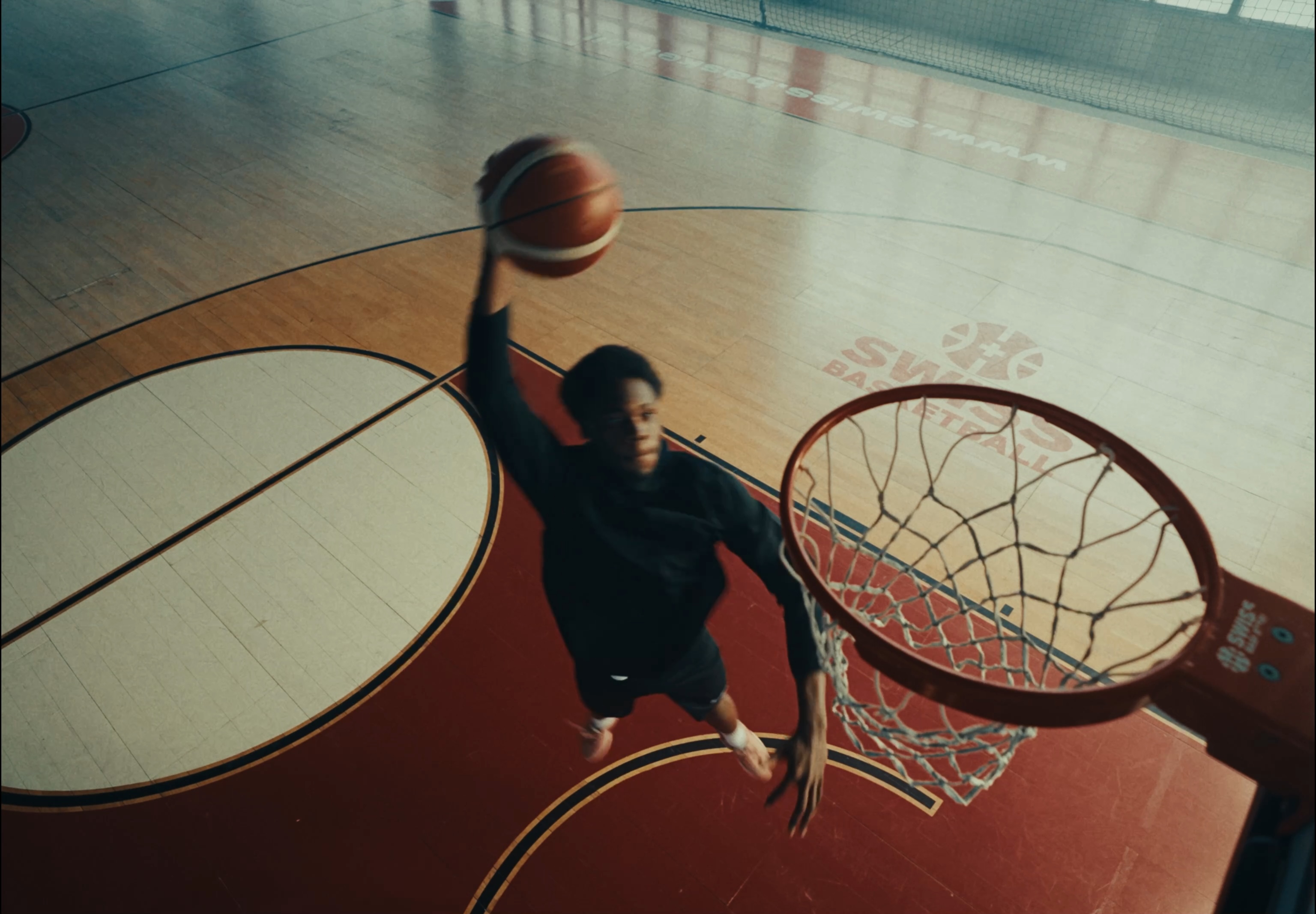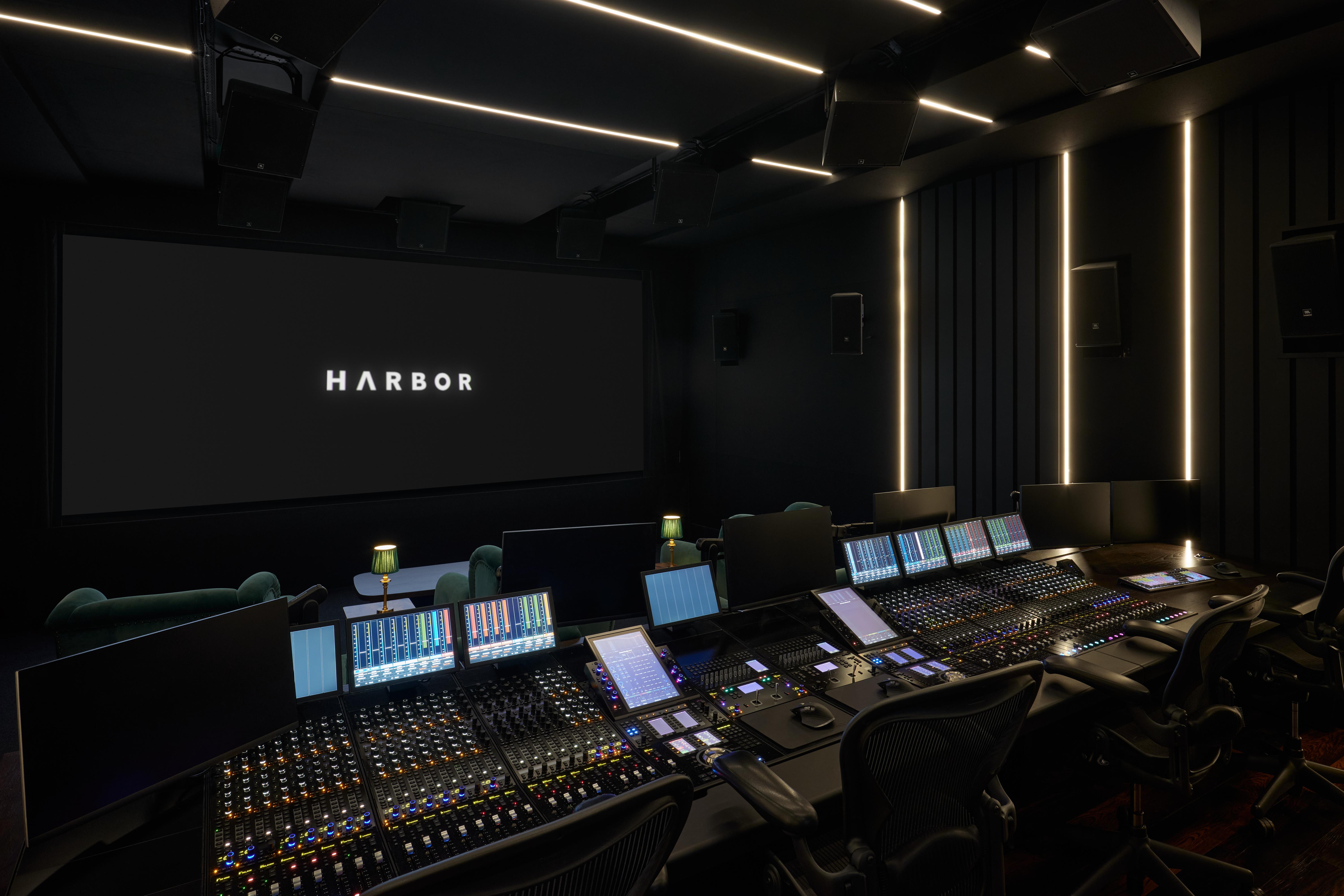A “Realistically Real” Look for Netflix’s Zero Day
DGA President and prolific film and television director Lesli Linka Glatter discusses developing the look with Cinematographer John Conroy (ASC, ISC) and Colorist Roman Hankewycz on their latest project.

By Ellie Powers
The Netflix political thriller mini-series, Zero Day, features a veteran cast including Robert De Niro, Connie Britton, Jesse Plemmons, Lizzy Caplan, Joan Allen, and Angela Bassett. This project marks the second collaboration between Director Lesli Linka Glatter, DP John Conroy, ASC, ISC and Harbor Colorist Roman Hankewycz, following their work on HBO’s Love & Death.
The series explores the ramifications of a zero-day event—defined by Glatter as "a flaw in software that can be hacked to take down entire systems: ranging from the power grid, aviation, transportation, to banking." She references the first known use of such a cyber attack in 2014, when the Stuxnet virus targeted Iran’s nuclear program. Intelligence agencies worldwide have since developed similar cyber weapons. But never before has there been a Zero Day event that has targeted multiple industries simultaneously.
Co-creators, former NBC News president Noah Oppenheim and Eric Newman (Children of Men, Narcos), enlisted the help of two-time Pulitzer Prize-winning journalist for The New York Times Michael Schmidt, to create Zero Day which delves into the consequences of unchecked government power in the wake of such an attack.
Glatter, drawn to the show’s “realistically real” political portrait, immediately connected with the script’s ability to present multiple perspectives. “It had great characters and left me not knowing what was going to happen next,” she says. “That’s exciting for me because it doesn’t happen that often.”
Crafting the Visual Language
Glatter’s first hire was Cinematographer John Conroy, ASC, ISC, whom she calls a “Maestro.” Their goal was to visually reinforce the show's themes of truth and uncertainty in a post-truth world where we can’t differentiate between what are facts and what is opinion. Looking to classic political thrillers like Seven Days in May, All the President’s Men, State of Play, and The Parallax View, they built a distinct visual playbook. One key reference from history was a 1975 image of Gerald Ford’s State of the Union address, which helped guide their recreation of the House floor alongside VFX Supervisor Douglas Perver.
Conroy used framing techniques to emphasize the pressure on President Mullen (De Niro). “He’s often trapped within frames—seen through doorways or from overhead angles. Looking down on someone is quite oppressive. We were always trying to convey that pressure,” he explains.
Before principal photography, Glatter, Conroy, and Colorist Roman Hankewycz conducted camera tests to establish an unsaturated “grown-up look.” They aimed to honor the gravitas of the subject matter by avoiding excessive color or prettiness. Every department coordinated tones, ensuring even clothing, wallpaper, and furniture complemented the desaturated LUT. Conroy emphasizes how important Hankewycz’s contributions were for those initial tests. Conroy sent Hankewycz the lookbook with the instructions to “go mental.” Conroy says, “without fail, it was always brilliant and better than what I was thinking.”
Taking inspiration from State of Play, Conroy chose to mix digital and film mediums, ultimately incorporating over 100 different camera bodies throughout the project. To unify the visual style across these formats, Hankewycz and Harbor’s color science team worked closely with Conroy to maintain consistency. 'Though the primary camera was the Venice 1, our color science team collaborated with the camera department throughout the shoot to modify the LUT for the various cameras John needed—whether a crash cam for an action scene or drone footage,' he explains.
The collaboration extended into post-production, where Hankewycz worked meticulously alongside Conroy to enhance each shot’s impact. “Working with John in the darkroom is always a pleasure. He has a keen eye for detail and a clear vision for enhancing each shot—whether by bringing out specific colors or using selective focus to guide the story,” Hankewycz says.







Emphasizing Character’s Moral
Grey Areas
Glatter’s storytelling approach placed Mullen at the heart of the series. “When you enter a new location, you enter with him. When you leave, you leave with him,” says Conroy. “If there’s movement, he’s leading us along. There are a lot of subjective shots where you’re unsure if he’s leading us down the right path.”
To underscore the show’s tension, the cinematography maintained a subtle sense of anxiety. “Even the moments of calm aren’t really calm because there’s always something beneath the surface,” Glatter notes. They frequently employed paranoid thriller shots with excessive ceiling space, to amplify the characters’ isolation.
Rather than assigning distinct visual grammar to each character, the team leaned into moral ambiguity. “Everyone believes they’re doing the right thing,” Glatter explains, but it’s a world of shades of grey rather than black and white, and character motivates the story as well as the visuals.
A unique technique Conroy employed was lighting actors from both sides during makeup tests to assess emotional impact. This insight proved invaluable in an interrogation scene where Mullen was filmed looking right to left. “His left-hand side had so much more gravitas, while the right-hand side felt more vulnerable,” John explains.
Collaboration & Set Culture
Prolific director and current DGA President, Glatter emphasizes teamwork. “Filmmaking is a team sport. When you get the best people together to tell a story, it’s an incredible blessing,” she says. “In this team, there was not one weak link.”
She and Conroy, in prep, came up with the “shite” policy—an open-door approach where team members can pitch any idea, even if it seems crazy. At a certain point, we will know if it’s shite (redeemable and fyi: Irish for shit) or shit (not redeemable),” she jokes. “You don’t know where you’ll find a brilliant opportunity without feeling free to throw ideas out there.”
Conroy praises Glatter’s collaborative nature: “She loves everybody so much, and she knows everybody.” Jokingly, he adds, “if she’s got to walk 200 yards on set, we might be a few minutes late because she stops to say hello to everyone.”
A Cinematic Balance of Gravitas and Uncertainty
Zero Day explores the unsettling question: what happens when a government or individual is given unlimited power? For Glatter, it was crucial to maintain a bipartisan stance, ensuring the narrative did not lean too heavily in one political direction. At the same time, she explains, “You’ve got a paranoid conspiracy thriller with an unreliable narrator.”
Through deliberate cinematographic choices, Glatter and Conroy underscore gravitas while immersing the audience in the characters’ uncertainty. By capturing as much in-camera as possible and embracing a desaturated, realistic aesthetic, they create a visual language that heightens both the stakes of the story and the vulnerability of its characters. The result is a series that feels grounded, tense, and all too plausible in today’s digital age.











